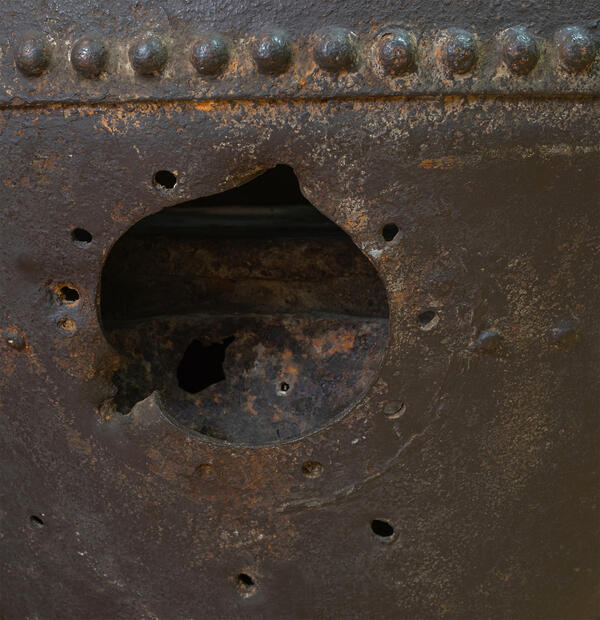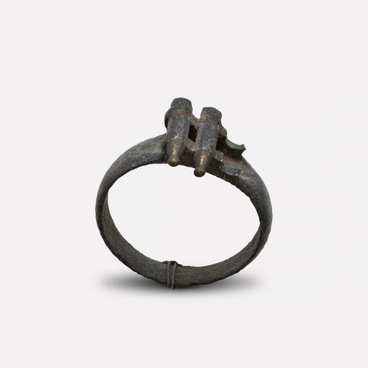The Museum of the History of the Resort City of Sochi displays an Anglo-French anti-submarine naval mine, which is connected to the history of the First World War in the Black Sea basin.
In October 1914, Sochi became a border sea city as Turkey, allied with Germany, began military operations in the Black Sea. In response, Russia fortified the coastline and suspended steamship services. Within days of the war’s onset, ships of the Black Sea Fleet laid minefields near Sevastopol, Odessa, Ochakov, Batumi, Poti, in the Kerch Strait, and other locations. The fleet then began active mining operations. The first announcement regarding the war appeared in the “Sochi Leaflet, ” issued by the head of the Sochi garrison on July 18, 1914. Advertisements for military recruitment were posted throughout the city, and the Sochi branch of the Red Cross began accepting applications from those wishing to go to the front as nurses. Military units, reinforced by two artillery field batteries, were dispatched to the Sochi District of the Black Sea Governorate.
The city experienced its first close encounter with the enemy on November 23, 1915, when the submarine US-13 surfaced near Sochi and sank two sailing ships off the coast. In the summer of 1916, the Sochi and Tuapse Districts found themselves in the combat zone of the Black Sea Fleet. The cruiser Goeben of the German-Turkish squadron headed toward the Tuapse District, while the cruiser Breslau approached Sochi instead of the Gagra coast. After bombarding Tuapse, Goeben set off on a return course, joining Breslau to shell the village of Lazarevskoye en route. Several ships were sunk near Sochi as a result of Breslau’s torpedo fire. Two days prior to these events, the German submarine U-38 attacked a Russian convoy near Golovinka, which consisted of the transporters Druzhba, Rockcliffe, and Tigris, along with two barges escorted by the destroyers Kapitan Baranov, Lieutenant Shestakov, and the gunboats Donetsk and Kubanets. Abeam the Shakhe River gorge, the German submarine targeted the Rockcliffe, which had run aground. The destroyer Lieutenant Shestakov counterattacked the submarine, causing significant damage.




